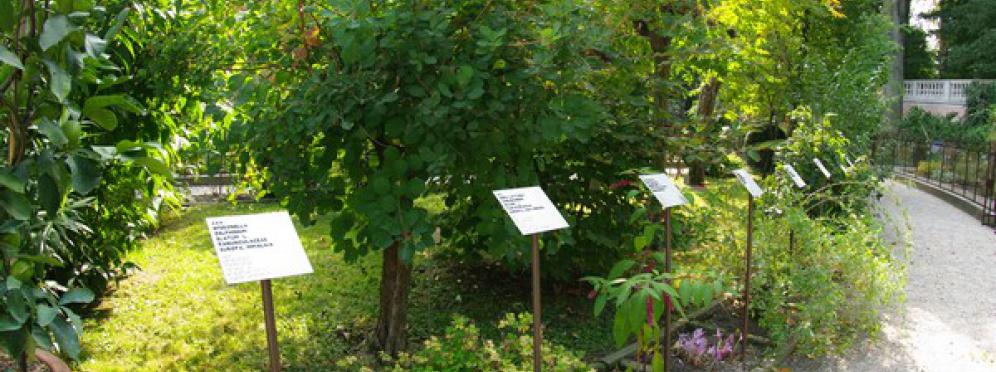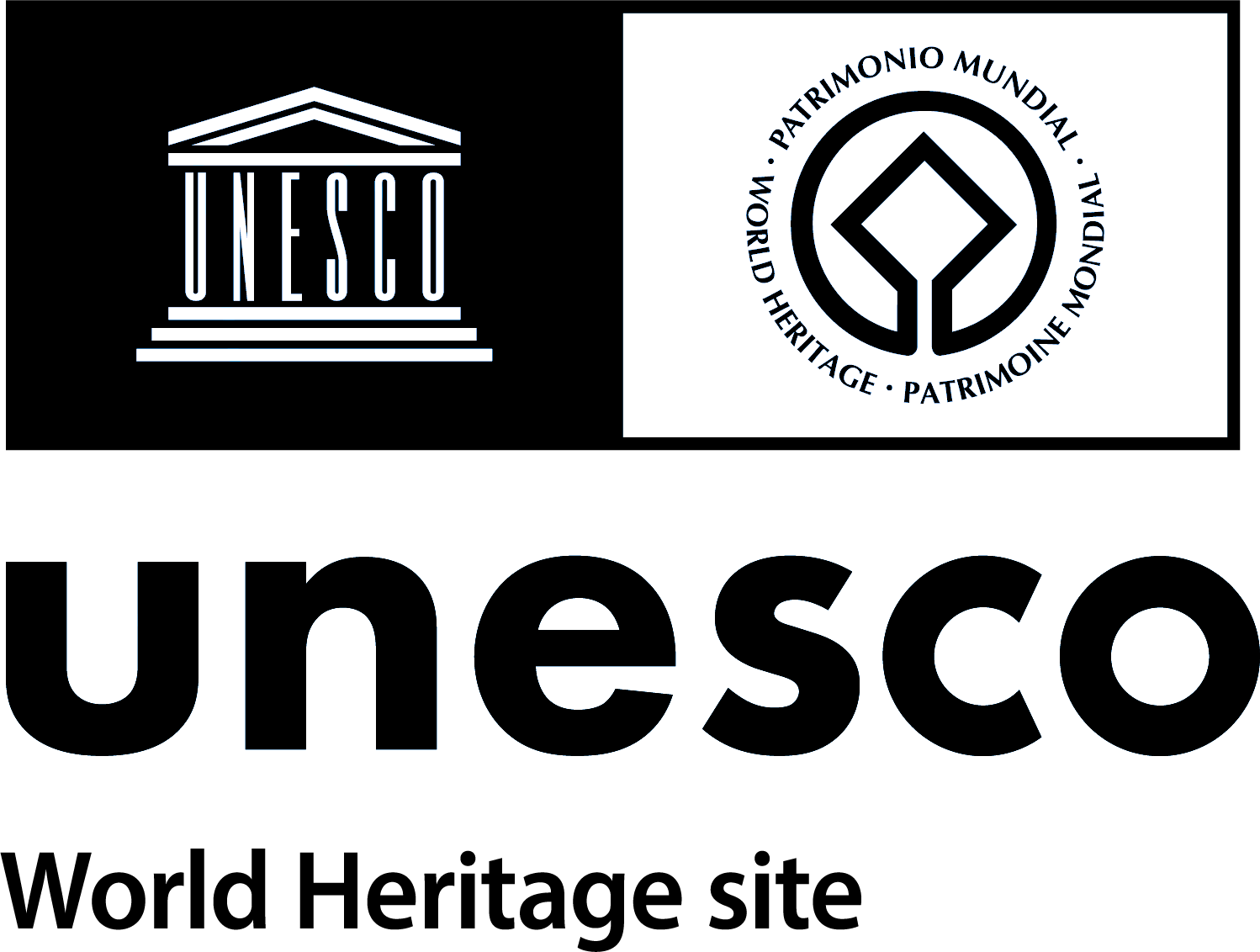Medicinal and poisonous plants
A large collection of medicinal and aromatic plants is cultivated in the Hortus cinctus, in the two sectors next to the circular wall, between the north and south gates.

A large collection of medicinal and aromatic plants is cultivated in the Hortus cinctus, in the two sectors next to the circular wall, between the north and south gates. This collection, which is the continuation of the original Horto medicinale, also includes so-called "historic" medicinal plants, frequently used in the past, but no longer therapeutically valid today. In these sectors, most of the cultivated species are currently used in medicine, and the collection is constantly updated by adding new plants with proven therapeutic properties.
There are also some species that do not contain medicinal substances, but provide compounds which are used by the pharmaceutical industry for the semi-synthesis of drugs that are used in medicine. Among these are several species of the genera Dioscorea and yew (Taxus baccata L.), which are used for the semi-synthesis of hormones and anti-tumoral drugs, respectively. The plants are grown in plots according to their microclimatic requirements; labels show their names and therapeutic properties.
Another sector, between the east and south gates, next to the Magnolia quarter, hosts some of the most common poisonous plants, both spontaneous and cultivated. Some are the same as those in the medicinal sector, because the substances they contain, although toxic, may produce positive biological effects in the treatment of several diseases if in small amounts. However, they must be used very carefully because, if they are swallowed, they may produce severe, even lethal poisoning. Their hazard level is indicated by crosses on the labels: two crosses for the most toxic plants and three for lethal ones.






